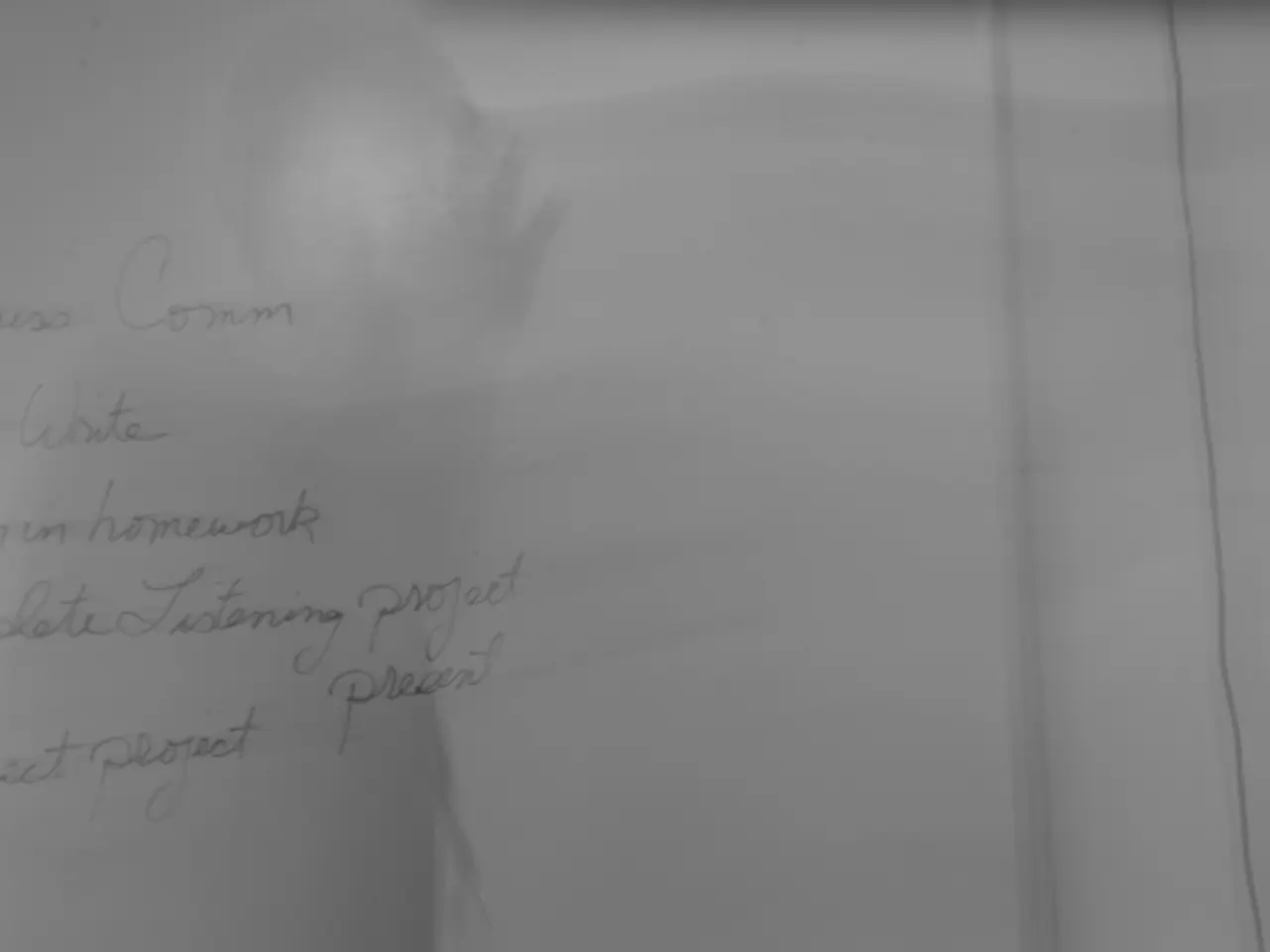Title: Six Strategies to Suppress Impulse Purchases and Strengthen Your Financial Routine
Rethinking Impulsive Buying: Strategies for Mindful Shopping
Impulse buying, or that sudden urge to buy something without thinking, is a widespread phenomenon influenced by various factors such as marketing strategies, your emotional state, and the shopping environment. While it might provide temporary pleasure, frequent impulse buys can negatively impact your budget, savings, and in extreme cases, lead to debt. This article provides techniques to help you curb your impulsive spending habits.
1. Understand Your Triggers
First, delve into your habits, emotions, and surroundings to uncover the reasons behind your impulsive purchases. Common emotional triggers include stress, anxiety, boredom, or even happiness. Sales promotions or digital marketing tactics like personalized ads can also serve as situational triggers, influencing you to buy things you don't really need. By identifying these triggers, you can better anticipate and prepare to combat them.
2. Track Your Expenses
Tracking your expenditures offers invaluable insights into your spending habits. Write down everything you buy, no matter how small it is, to get a bird's-eye view of your finances. This increased awareness fosters accountability, making it more probable that you'll think twice before impulse buying.
3. Implement a Delayed Action Plan
Instead of purchasing something on a whim, establish a brief pause between your desire to buy and your actual purchase. This could be a 24-hour delay for smaller purchases or a 30-day period for larger items. By taking this time, you can evaluate the true necessity of the item, its lasting value, and how it aligns with your financial goals. This break also allows you to research alternatives and potential discounts.
4. Create a Shopping List for Essentials
Grocery or clothing shopping might be necessities, but that doesn't mean you're immune to impulse buys. Regularly review your household inventory to avoid duplicate purchases and ensure you have everything you need. Categorize your list based on food, household essentials, and personal care products, and assign a budget. This practice encourages planning and mindful shopping.
5. Shift Focus from Consumption to Investment
Consider channeling any extra cash into long-term investments rather than impulse purchases. By prioritizing investments, you're not depriving yourself but emphasizing the importance of financial security. The benefits of smart investments can vastly outweigh the short-lived satisfaction of a new car or gadget.
6. Seek Support and Professional Help if Needed
If impulse buying is deeply ingrained in your habits, it may be challenging to overcome on your own. Turn to friends, family, or an accountability partner to provide support and constructive feedback. Alternatively, seek assistance from a financial counselor or therapist to navigate your unique financial challenges and learn strategies for preventing impulsive spending.
Final Thoughts
Although impulse buying is common, it's not invincible. By employing these strategies, such as identifying your triggers, tracking expenses, and creating cooling-off periods, you can regain control of your spending and work towards your financial goals. The road may be challenging, but the rewards – increased savings, reduced stress, and financial freedom – make the effort worthwhile.
| Enrichment Insights || --- || ### Overall || To effectively manage impulsive buying, consider the following techniques: || 1. Emotional Awareness: || - Mindful Journaling: Track emotions and circumstances surrounding impulse buys to become more self-aware[1]. || - Recognize Emotional Triggers: Identify emotional influences behind impulsive spending, such as stress or excitement[1]. || 2. Clear Financial Objectives: || - Set Short-term and Long-term Goals: Allocate resources toward specific savings aspirations, such as vacations or retirement funds[1]. || - Develop a Budget: Adjust your spending in line with your financial objectives to keep an eye on your progress and potential impulse buy derailments[1]. || 3. Mindshift and Traditional Values: || - Adopt a Minimalist Lifestyle: Benefit from owning fewer possessions and prioritizing experiences and relationships over material goods[1]. || - Practice Gratitude: Cultivate a sense of gratitude for your current possessions to foster contentment and minimize the allure of impulse purchases[1]. || 4. Marketing Tactics Resistance: || - Understand Market Manipulation: Recognize manipulative strategies like limited-time offers or psychological pricing techniques used to prompt impulse buying[1]. || - Consumer Education: Debunk myths surrounding the link between material possessions and happiness, fostering a more critical shopping approach[1]. || 5. Practical Techniques: || - Implement a Cooling-off Period: Introduce a brief timeframe to consider each purchase before finalizing, allowing for self-reflection and rational evaluation[1]. || - Remove Payment Information: Eliminate saved payment information and unsubscribe from marketing emails to minimize temptation and exposure[1]. || - Mindfulness Techniques: Use deep breathing exercises or meditation to regulate emotions, easing impulse urges and promoting self-control[1]. || 6. Social Support and Accountability: || - Share Financial Goals: Foster shared accountability by discussing aspirations and challenges with trusted friends or family members[1]. || - Join Online Communities: Engage in online communities dedicated to frugal living or financial independence for shared experiences and strategies[1]. || 7. Professional Assistance: || - Financial Planner: Consult with a financial planner to develop a tailored budget and investment strategy that aligns with your goals[1]. || - Therapist: Seek therapy assistance to explore underlying psychological factors contributing to impulsive spending and develop healthier coping mechanisms[1]. || 8. Delayed Gratification: || - Delay Purchases: Postpone buying decisions and reassess their significance after a designated waiting period, helping to cultivate self-discipline and patience[1]. || 9. Research and Comparison Shopping: || - Thorough Research: Examine multiple options, read reviews, and compare prices across different retailers or brands before committing[1]. || 10. Financial Incentives: || - Set Aside Savings: Set aside a portion of your savings from avoided impulse purchases as a reward and reinforcement for positive behaviors[1]. || 11. Self-care and Well-being: || - Engage in Relaxation Activities: Cultivate relaxation practices, such as meditation or nature pursuits, to lower stress levels and improve emotional resilience[1]. |
By incorporating these techniques, you can effectively manage and reduce impulsive buying.
- To prevent impulse buying, it could be beneficial to understand the emotions and situations that trigger your urge to spend impulsively. This awareness can help you develop strategies to combat these triggers.
- Stopping impulse buying might require setting a delayed action plan where you wait 24 hours or more before purchasing an item to evaluate its necessity and whether it aligns with your financial goals. This timeframe can help reduce the impact of impulse purchases.




